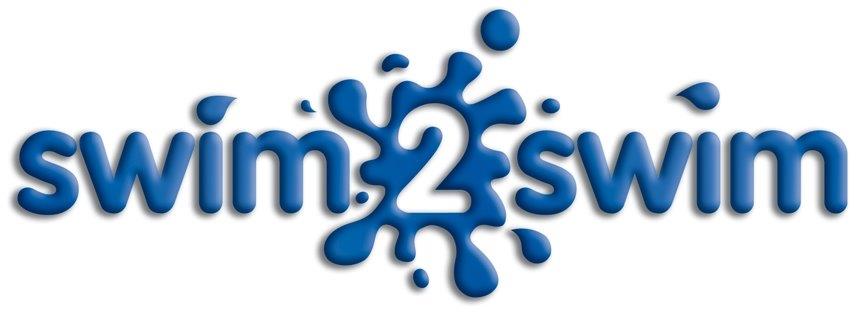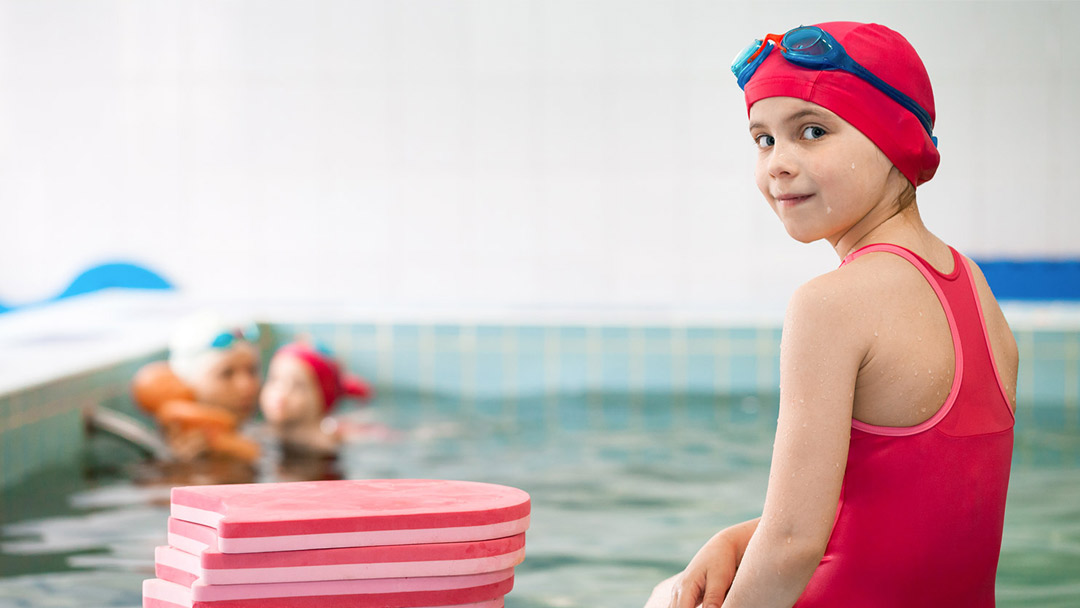There are a wide variety of buoyancy aids out there all which aid floatation and can support children when in a swimming pool. It is important to note that these are not safety devices and should always be used under direct and competent supervision.
In our swimming lessons we work on children achieving a horizontal body position, experiencing their own balance and buoyancy and rotation to enable them to be confident independent swimmers. This is done using a variety of aids, support, guided discovery, and independent swimming.
We use noodles, floats (kickboards), and arm bands/ arm discs as appropriate. It is important to remember that particularly with pre-school children adult support can be just as valuable. There are lots of hold and moves in baby and pre-school swimming that you can do together which will build water confidence, develop connections, and supports developmental milestones.
Another thing to note is that even if your child swims independently of aids during their lessons they may get tired swimming after hours in the pool on holiday. Although we don’t use them in our lessons as they do not enable the swimmer to achieve the best body position Lifejackets and buoyancy vests can be particularly useful when on holiday or in the pool for fun sessions. Buoyancy aids play a crucial role in building confidence, safety, and skill development in the water.
Building Confidence: Buoyancy aids can be great confidence boosters, especially for beginners. The fear of sinking or not being able to stay afloat can hinder learning and progress. Buoyancy aids provide the necessary support, allowing swimmers to focus on mastering techniques.
Safety First: Buoyancy aids provide extra buoyancy helping swimmers maintain a horizontal and secure position in the water. This is particularly useful for young children who may not yet have the strength and coordination to swim unaided.
Skill Development: Buoyancy aids can help with the gradual development of swimming skills. As skills develop and swimmers gain confidence, the reliance on aids can be reduced, smoothing the transition to independent swimming.
The aids used in our lessons.
Arm bands: a useful aid for young children who are starting to “struggle” against the supporting adults hold and are looking to gain independence. Also useful for older swimmers in our Learn to Swim Programme who require a little more confidence in trusting the noodle. It is important that the arm bands are of the appropriate size for the weight of the swimmer. Swimmers using arm bands can float and use both their arms and legs when developing their strokes. Arm bands are not used for babies under a year or where swimmers are not using their limbs to propel themselves in the water.
Swim Discs: like armbands although they are made of closed cell foam and will not puncture. They often come in 3’s; the number of discs on each arm can be reduced as the children become more confident. It is important that the correct sized discs are used as they are not suitable for older / heavier swimmers.
Noodles: a versatile swimming aid which can be used in a variety of ways. These are suitable for adults and children. Noodles provide support for the upper body and can be placed across the chest, under the hips, out in front, around the back under the head. They can be used as speed boats, cow horns and even sea horses. Noodles are great for beginner and improver swimmers as they provide the buoyancy required to enable the development of the strokes.
Floats (kickboards): Another great aid for swimming lessons, particularly for improver and advanced swimmers. These can be used for drills to build stamina and to isolate limbs to develop technique.
Using buoyancy aids into swimming lessons helps to create a positive and effective learning environment, enabling swimmers overcome fears, build confidence, and develop essential skills.

